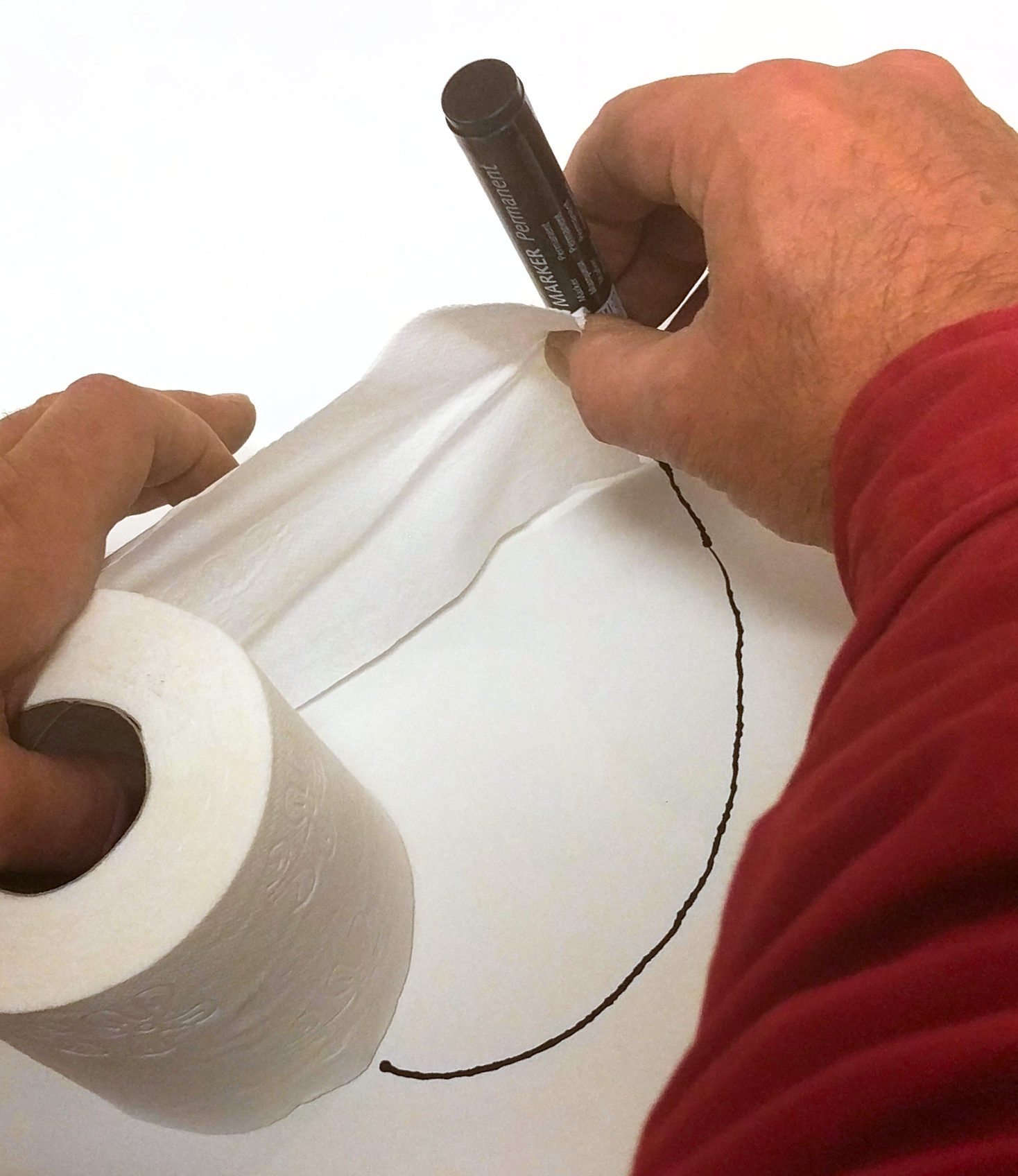Involute - or evolvent - curves are used as the shape of teeth of gears. For an introduction to more advanced math, see https://en.wikipedia.org/wiki/Involute.
What is an involute curve?
The quick and dirty example in the picture says more than words.

Involute: a quick and dirty example
In plain language. A cord is coiled around a cylinder. At the end of the cord is a pencil. The cord is unrolled while the cord is held taut. The pencil draws a curve. This curve is called an involute.
Involute curve with x- and y-axis, without base circle.
Practical use
The main reason for using gears with involute shapes is that there is no friction between teeth - against common believe. The teeth roll on each other when rotating.
It is the gear application that makes a polar calculation based on radii more useful than a Cartesian calculation based on (x,y) - we are only interested in the first small part that starts from the base circle. On the other hand, a polar approach has its limits, see below.
Mathematics
Angles are in radians, 360 degrees equals (2*pi) radians.
Overall, see illustration:
- The blue curve that is described is the involute.
- Points on that curve have coordinates X3 and Y3.
- From those points runs a cord A1*R1, tangent to the base circle.
- The base circle has a radius R1.
In detail:
- The first triangle:
- Start at point (0,0)
- Hypotenuse R1
- The angle is A1
- X1 = R1 * cos (A1)
- Y1 = R1 * sin (A1)
- The second triangle:
- Start at the end of R1
- Hypotenuse is A1*R1
- A1*R1 is perpendicular to R1
- Therefore, the angle is again A1
- X2 = R1 * A1 * sin (A1)
- Y2 = R1 * A1 * cos (A1)
- About the length of hypotenuse A1*R1:
- If A1 goes all the way around from 0 to 2 * pi radians (is 360 degrees) than the length of the cord changes from 0 to 2 * pi * R1. After all, the circumference of a circle equals 2 * pi * R1.
- The length of the cord is thus equal to the product of A1 and corner radius R1: A1 * R1.
